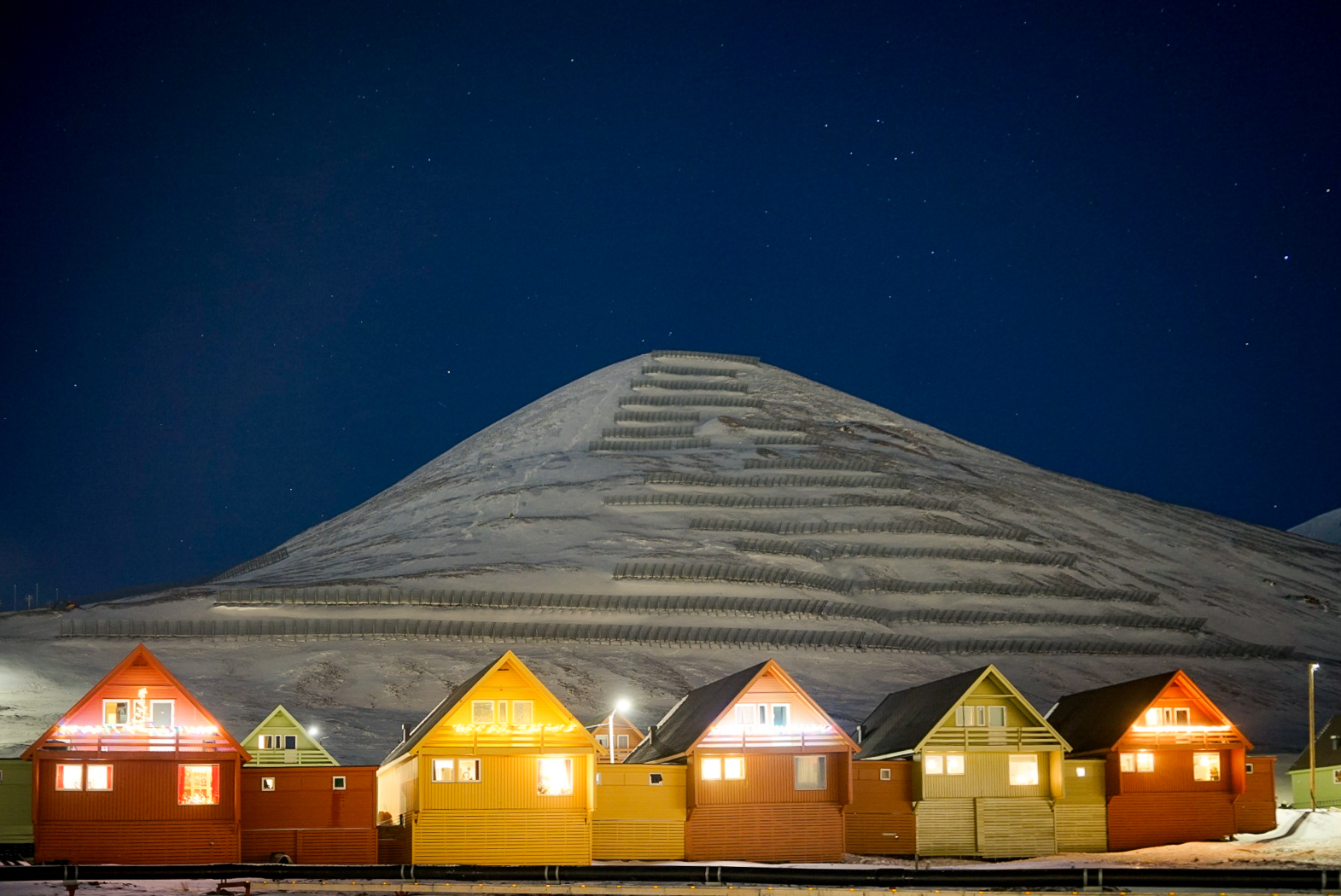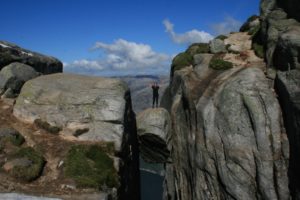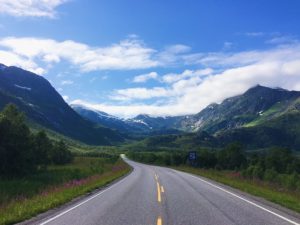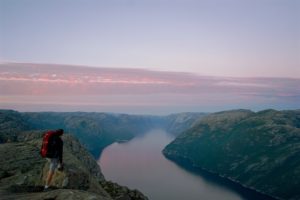Nestled deep within the Arctic Circle, the archipelago of Svalbard emerges. Often referred to as the last stop before the North Pole, this Arctic island is located some 1300 km making it the world’s northernmost major settlement. It is one of the few places left where the polar bears roam freely. Svalbard offers a unique blend of raw natural beauty, fascinating wildlife, and unparalleled experiences. This island promises an unforgettable journey, whether you’re there for the thrill of Arctic expeditions, eager to witness the Northern Lights or experience something dramatically different to your ordinary life.
My experience on Svalbard was during the winter solstice with temperatures dropping to -25degC (or -30degC with wind chill). This winter trip to Svalbard was unlike any other. This micro guide of the Arctic archipelago aims to provide you with essential tips and insights for embarking on your first winter journey.
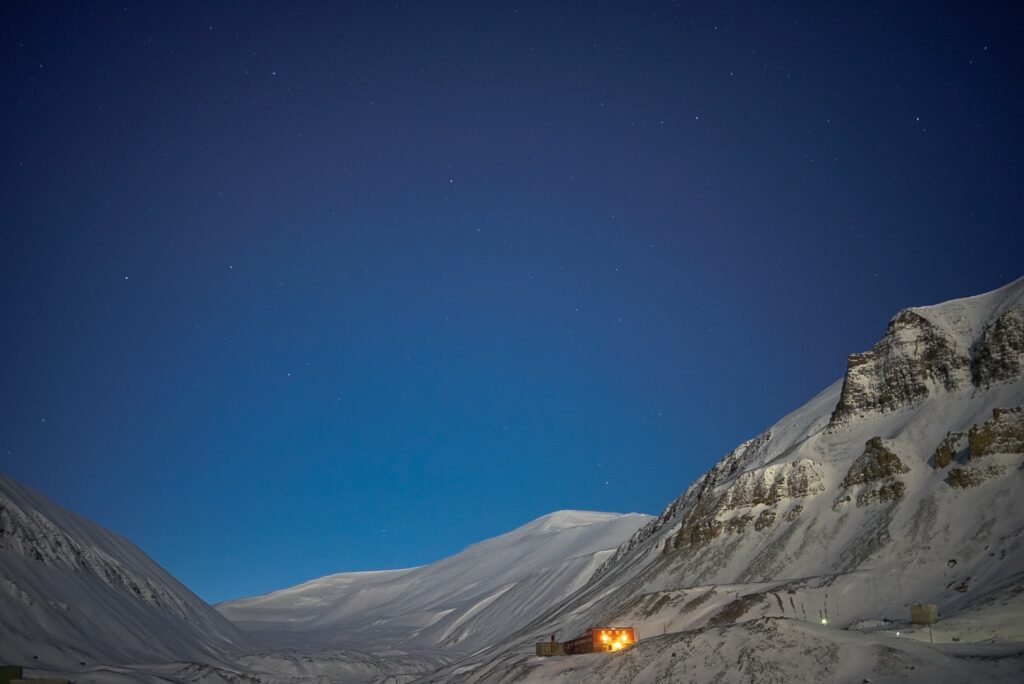
Getting There: The Journey North
By Air (all year)
Longyearbyen, Svalbard’s largest settlement, serves as the main gateway to the archipelago. Regular flights operate from the mainland out of either Oslo or Tromsø, serviced by SAS (Scandinavian) or Norwegian. As you descend into Longyearbyen Airport (LYR), the rugged landscapes of Svalbard come into view, setting the stage for an unforgettable adventure – if you are not visiting during the polar night!
By Sea (summer only)
In the summer, there are not as much sea ice in the region, making it the perfect (and only) time to visit by sea. There are various cruise ships and expedition vessels offering excursions to Svalbard from mainland Norway. These journeys provide an unique opportunity to witness the region’s wildlife, including polar bears, walruses, and seabirds, in their natural habitat.
Embracing the Arctic Climate
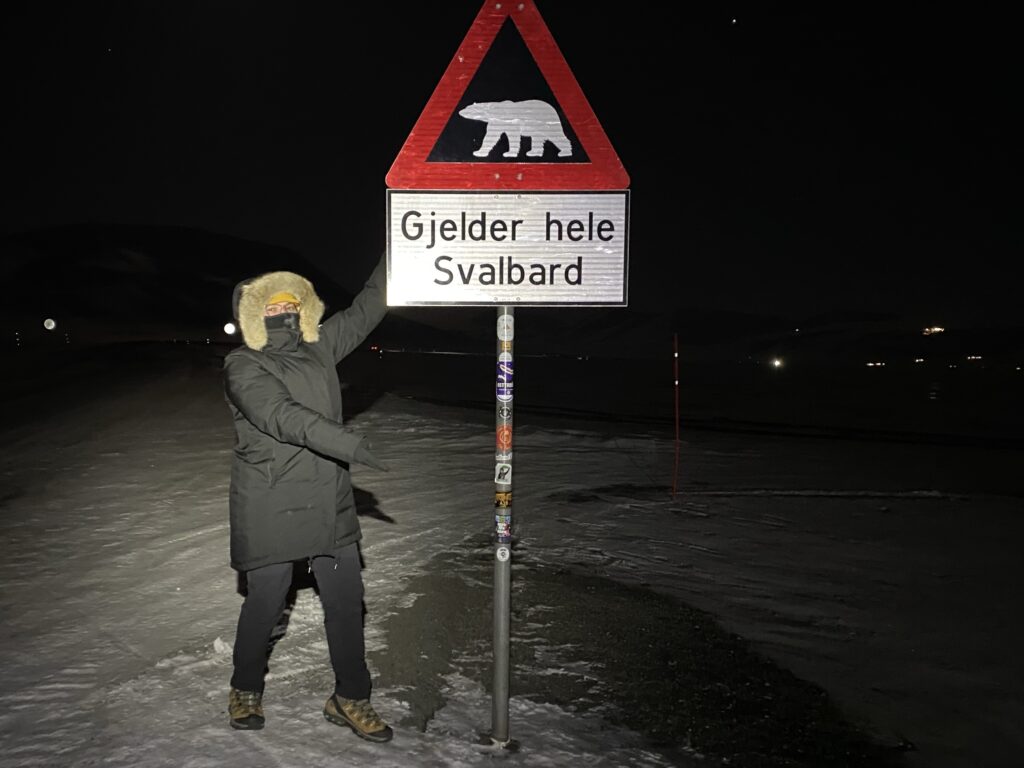
Dressing for Success
The key to enjoying Svalbard’s arctic climate is dressing appropriately. Invest in high-quality thermal layers, waterproof outerwear, insulated boots, and accessories like hats, gloves, and scarves. Winter temperatures can dip down to -30degC so dressing warm will save you a lot of grief and you can actually enjoy being outside! If there are not many options in your home town or you’re unable to find quality options, fret not. Svalbard has tax free shopping for everyone and there are plenty of sports shops in Longyearbyen for you to stop at and get your supplies.
This is what I used for my polar adventures while I was there during Polar Night:
- Wool socks
- Wool thermals – I use local Norwegian brands such as Kari Traa and Devold
- A thick woolen sweater – mine was made from Icelandic wool but another one I have is this one from Devold
- A high quality parka jacket – the longer length helps insulate a lot more of your body. I know they are quite the investment but worth it in the long run if you’re planning to visit more colder climate regions!
- Insulated pants/trousers
- Wool buff + beanie
- Wool gloves
- Hiking boots
- Shoe ice spikes
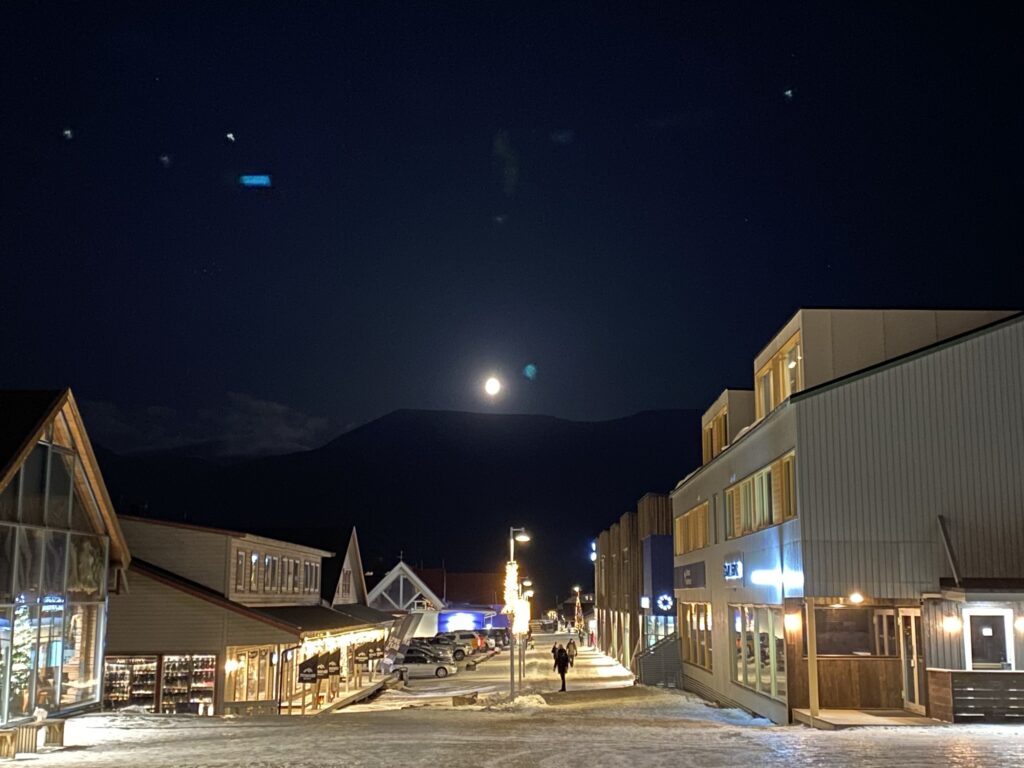
Understanding the Polar Night
I’m sure you might’ve heard about the midnight sun but have you heard about Polar Night? Essentially – it is the opposite of the midnight sun. Polar Night is when the sun remains below the horizon.
In Svalbard, around the end of October, the sun dips below the horizon for the last time. During this time, the lines between “sunrise” and “sunset” is blurred, turning into blue hour for a while. However, over the next couple of weeks, the light starts to fade and it is almost as if a blanket of darkness falls upon Svalbard. It is in complete darkness with only the moonlight and stars shining in the night sky. The island has a tranquility to it during the winter months. It is quite difficult to explain what the experience is. But with darkness, comes the wonders of the Northern Lights. The sun does not actually return to Svalbard until end of January when it peaks over the horizon for the first time and eventually daylight returns.
Winter Activities + Natural Wonders
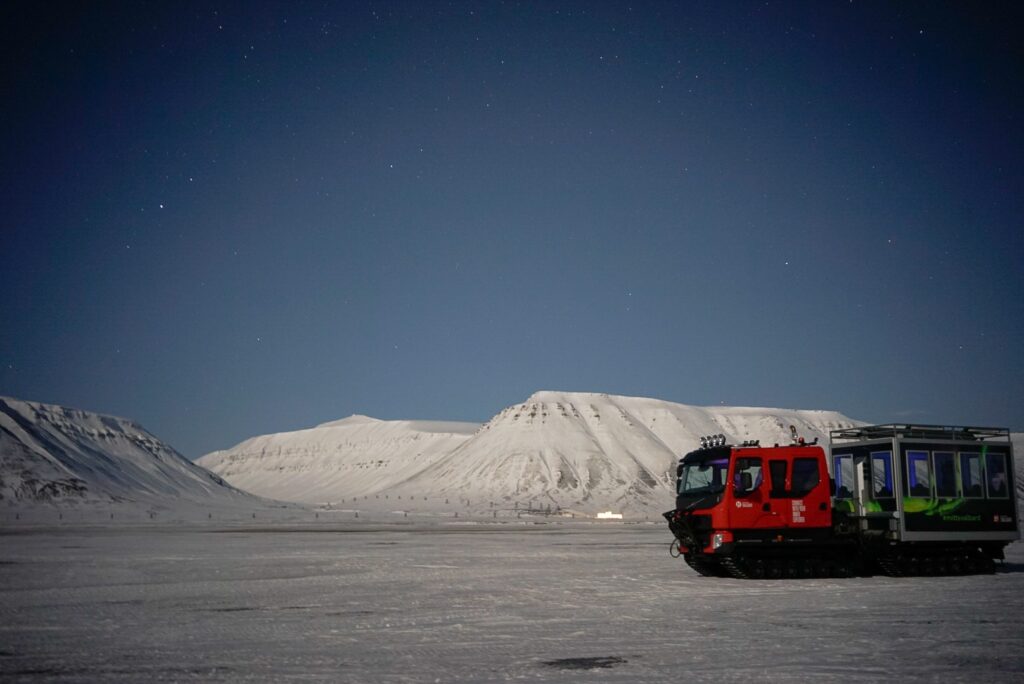
Chasing the Northern Lights
Svalbard is one of the few places in the world where you can see the northern lights during the “day” because of how north and dark the island gets. Of course, it is very dependent on the solar activity and the weather conditions while you are there. There are several ways you can experience the Northern Lights. Most of the activities are taken on a guided tour. You can experience it via a Snow Cat that takes you down into the Advantdalen valley. Or if you rather fancy dog sledding or snowmobiling under the Northern Lights.
Tip: You could attempt to spot the Northern Lights from within the town limits but it may be a struggle with all the light pollution. Book a tour with one of the many experienced local companies to take you away from the light pollution and into polar bear country. Head towards Miners Cabin, north of Longyearbyen, near the city limits, from here, you have very little light pollution looking down into the valley.
Snowmobiling and Dog Sledding
Experience the thrill of Arctic travel by embarking on snowmobiling or dog sledding excursions across Svalbard’s Mars-like landscapes. Traverse icy fjords, snow-covered valleys, and rugged mountain terrain while admiring the breathtaking scenery and learning about the region’s unique ecosystems from expert guides.
Glaciers and Ice Caves
Guided glacier hikes and ice cave explorations allow visitors to experience the Arctic’s frozen landscapes up close, marveling at sparkling ice formations and listening to the eerie sounds of cracking ice.
Wildlife Encounters
Note: Polar bear tours are illegal. Commercial viewing of these animals are prohibited for the safety of people and the safety of these endangered animals. However, it is not unheard of having a polar bear sighting while on a tour.
One of Svalbard’s main attractions is its diverse wildlife. Polar bears roam the sea ice in search of seals, while reindeer graze on the tundra’s sparse vegetation. Birdwatchers will delight in spotting species such as puffins, guillemots, and arctic terns nesting along the cliffs.
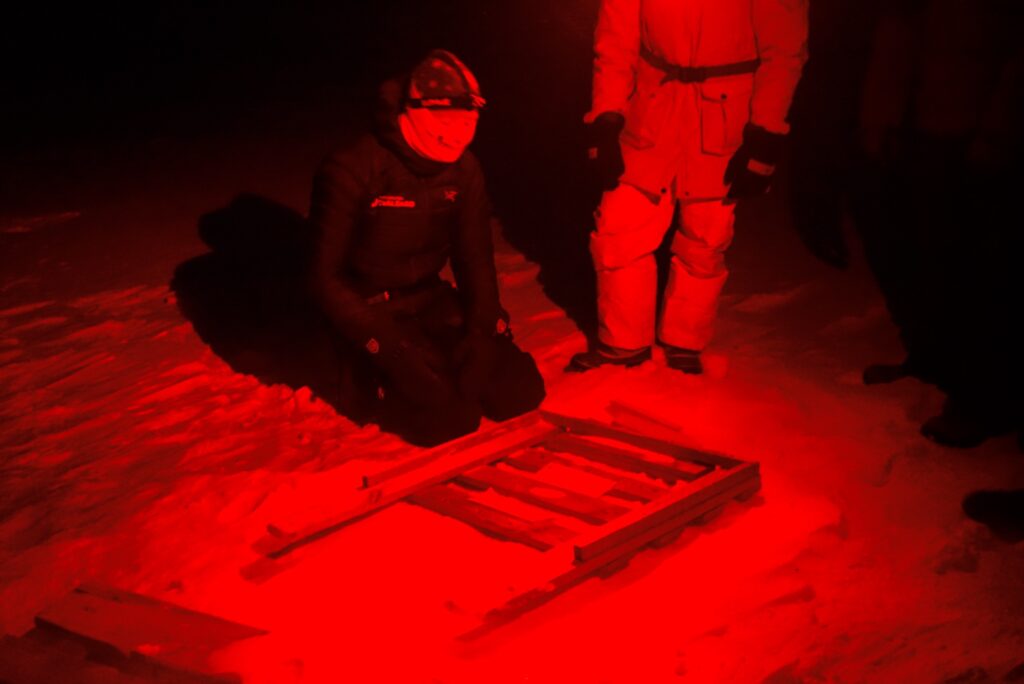
Follow the Trappers’ footsteps
This walk takes you into Advantdalen valley. It is a small intimate group of people with a guide. While trapping is not the biggest of industry’s anymore, it is still part of life on the Arctic island. Here, your guide will show you how trapping was previous done with olden traps for demonstration. You will discover the history and learn about the way of life.
Life in the Arctic
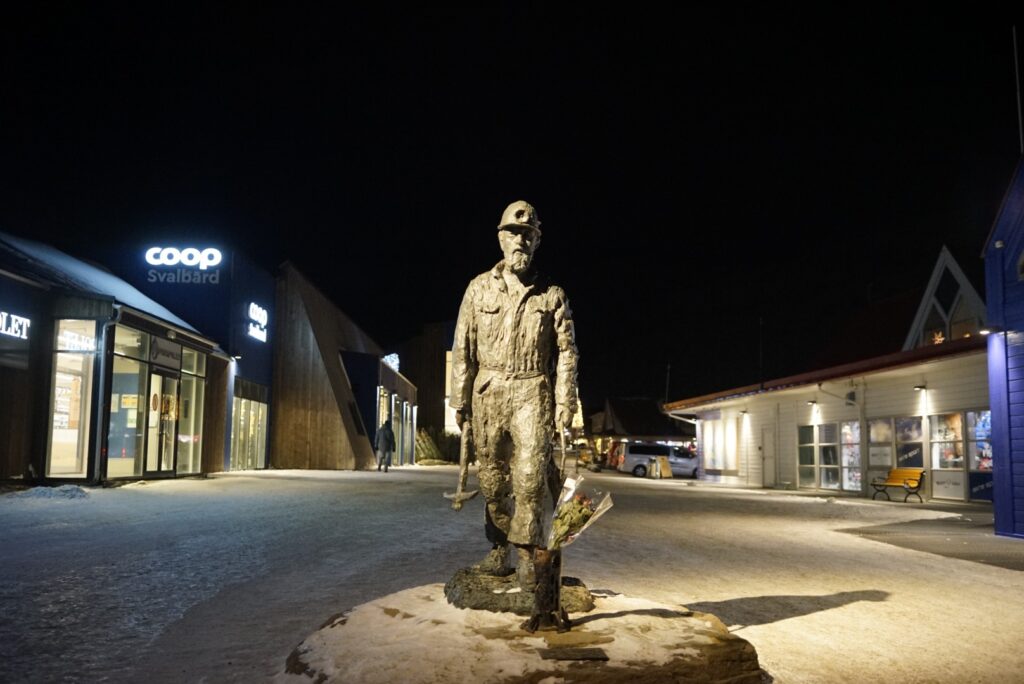
Historical Sites
Svalbard’s history is intertwined with its trapping history, whaling stations, arctic expeditions and coal mining. You can join one of the many tours exploring one of the coal mines (Mine 3) or embark on a hike to follow the footsteps of the trappers. The Svalbard Museum or the North Pole Expedition Museum are both great places to learn a bit more about the history. Unfortunately for me, the Svalbard Museum was closed on our days there and the North Pole Expedition Museum was closed due to renovations.
There is still an operational mine on the outskirts of Longyearbyen, owned by Store Norske Spitsbergen Coal Company (SNSK). In total, SNSK owned 7 mines around Longyearbyen. The last mine, Mine 7, is due to for closure in 2025, ending coal mining on Svalbard.
Accommodation Options
Longyearbyen serves as the gateway to Svalbard’s winter wonders, offering a range of accommodation options to suit every traveler’s preferences and budget. There’s a range of accommodation options from AirBNBs, guesthouses, dorms and more upscale accommodations. Some of the accommodation options are offered as part of a package with activities and/or food included.
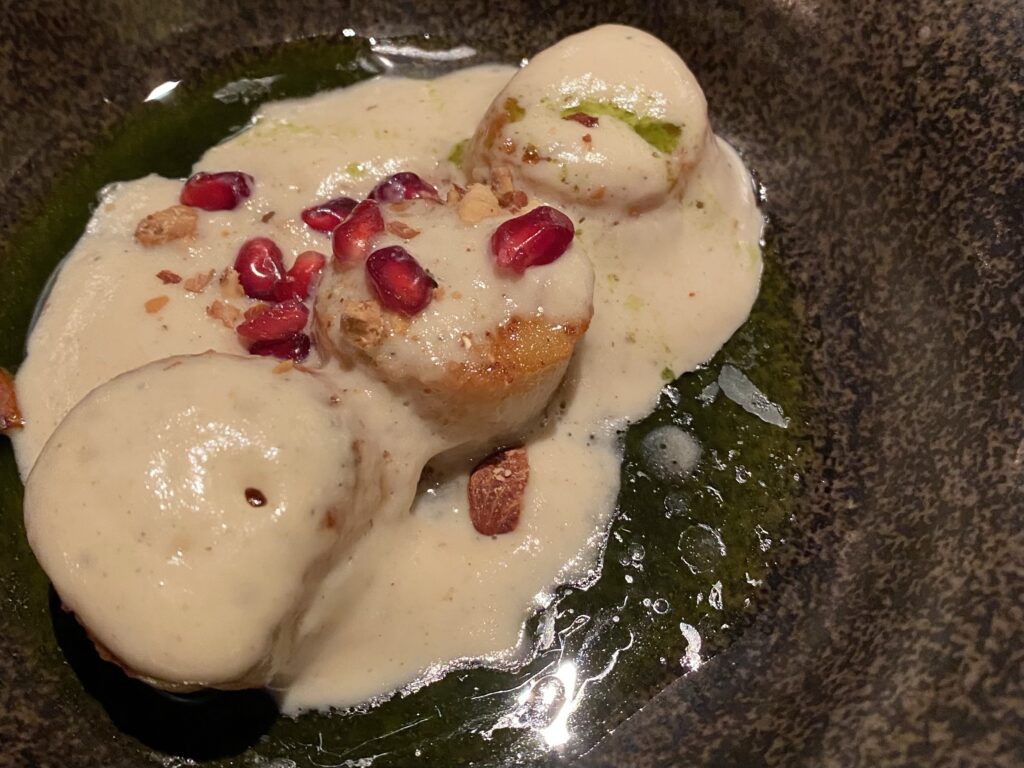
Cuisine
Longyearbyen has is up and coming on the gastronomic scene with a lot of Norwegians coming from the mainland specifically for the gastro experience (so I’ve been told).
- Restaurant Nansen: This restaurant offers Nordic fusion with a more contemporary and familiar menu with Arctic protein and influence. I can definitely recommend the Reindeer tenderloin.
- Huset: There are two parts to Huset – the bistro and the restaurant. It is home to one of Scandinavia’s largest wine cellars. It is a seasonal taster menu, utilising the best of what Svalbard has to offer. They work with local trappers and hunters to supply the protein but also forage for what they serve. I have yet to visit but it has been dubbed the best restaurant in Svalbard.
- Funktionærmessen Restaurant (Funken Lodge): This restaurant is located in Funken Lodge and it offers a cosy atmosphere with fine food. As we stayed over Christmas, we had a 5-course tasting menu inspired by the Arctic produce highlighting the best of what the archipelago has to offer.
- Barentz Gastropub: Wouldn’t be a list without a pub on it. It is located in the Radisson and offers a very relaxing atmosphere with good quality pub food. While the menu linked is a pizza menu, they offer daily specials, making it quite an affordable place to grab some grub.
Essential Tips for First-Time Visitors
- Book in Advance: Winter is a peak season in Svalbard, so plan and book your flights, accommodation, and tours in advance to secure your preferred dates and activities.
- Travel Insurance: Ensure you have comprehensive travel insurance that covers medical emergencies, trip cancellations, and potential evacuation procedures due to the remote location and challenging Arctic conditions.
- Respect Local Wildlife and Customs: Adhere to responsible tourism practices.
- Dress in Layers: The Arctic climate is unpredictable, so pack warm, moisture-wicking, wool clothing suitable for layering
- Respect Wildlife: Always maintain a safe distance from wildlife and follow local guidelines to minimize disturbance.
- Travel Responsibly: Svalbard’s ecosystem is really fragile. Opt for eco-friendly tours and activities that prioritize sustainability.
- Stay Informed: Be aware of seasonal changes, polar bear safety protocols, and any travel advisories or restrictions in place.
- Stay within the city limits: Because of the polar bear danger, you cannot go beyond the city limits if you are not armed.
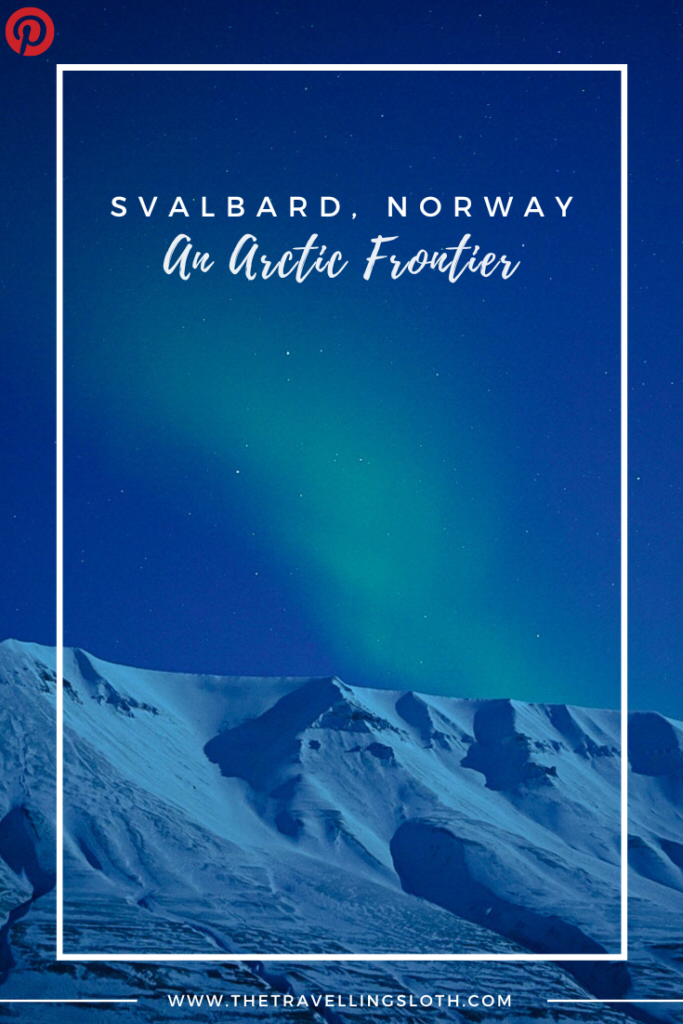
To the North!
So, bundle up, pack your sense of adventure, and embark on an unforgettable winter escapade to Svalbard. It stands as a testament to the Arctic’s enduring allure, offering intrepid travelers a glimpse into one of the world’s last great wilderness areas. Let the sense of exploration take you over and visit this last frontier!


